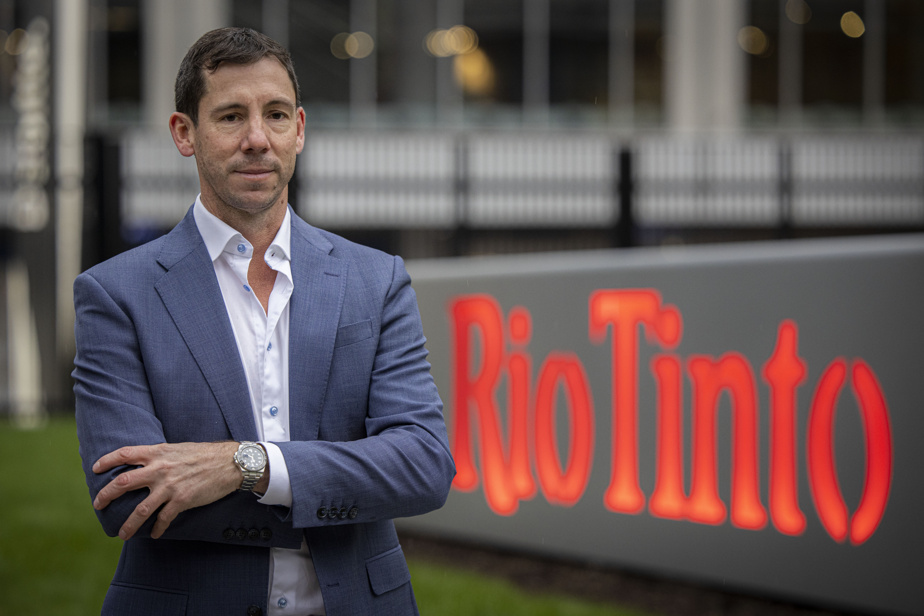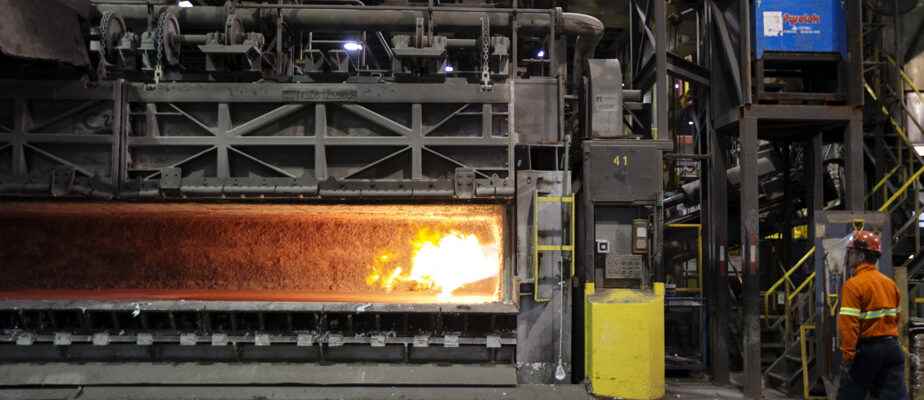The Elysis technology developed in Saguenay by Rio Tinto and Alcoa to produce aluminum without emitting greenhouse gases may not be able to be implemented in aluminum smelters in Quebec because they are too old, according to Rio Tinto executives .
“I think upgrading existing facilities with Elysis is going to be a challenge,” Ivan Vella, chief executive of Rio Tinto’s aluminum division, told an audience of industry analysts in London last November.
Rio Tinto faces two problems, he said. “First, most of these facilities are old. Kitimat (in British Columbia) is our newest aluminum smelter and it is already almost 10 years old, he explained. Alma, which is one of our best facilities, is over 20 years old. »
It will be difficult to recoup massive investments in these facilities to implement the new technology, according to the leader.
Rio Tinto is also worried about the fate that will be reserved for employees of existing factories that are expected to close for a long period of time to retool them with Elysis technology.

PHOTO PASCAL RATTHÉ, LA PRESSE ARCHIVES
Ivan Vella, head of Rio Tinto’s aluminum division
It is very difficult to implement. I’m not saying we can’t do it, but it’s something we’re going to have to look at.
Ivan Vella, head of Rio Tinto’s aluminum division
The technology in development in Saguenay since 2018 is considered very promising, but it is still in its infancy. Investments of $218 million have been made, most of which comes from the pockets of the governments of Ottawa and Quebec ($120 million) for a pilot project. The rest is financed by Rio Tinto, Alcoa and Apple.
The Government of Quebec believes so much in the potential of this technology that it has forgiven Rio Tinto for failing to meet its investment requirements in the Saguenay when renewing the hydraulic rights that allow the company to generate electricity. it needs with its own power plants at a cost close to zero.
The Minister of the Economy, Pierre Fitzgibbon, repeats in all tones that the Elysis technology will place Quebec at the forefront of green aluminum producers in the world and he says he is ready to grant more electricity at preferential rates to Rio Tinto for the purpose of modernization, what he called “elysiser” the aluminum smelters of Quebec.
Not for tomorrow
In addition to doubts about the economic viability of transforming its aluminum smelters with Elysis, Rio Tinto intends to invest to increase its production with the current AP-60 technology, the company announced at the same event. .
“The demand for aluminum in North America has increased significantly. We don’t want to miss it and wait for Elysis,” explained Ivan Vella, when asked why Rio Tinto is still investing in technology that will soon be outdated.
Commercialization of the Elysis technology is scheduled for 2030. The company relies on the willingness of its customers to pay more for aluminum produced without greenhouse gas emissions.
The big boss of the company is certain that the aluminum produced with Elysis will be able to sell for more on the market.
The biggest challenge with Elysis is the technical challenge. It works on a small scale. How to bring it to an industrial scale? And unfortunately, it takes time.
Ivan Vella, head of Rio Tinto’s aluminum division
Former executives of the multinational have just written to the Government of Quebec and to Minister Fitzgibbon to ask them not to believe everything that Rio Tinto promises. “The information from the company does not bode well for the future of existing facilities in the Saguenay,” worries one of them, Jacques Dubuc.
He recalls that one of Rio Tinto’s oldest factories, that of Arvida, must cease its activities in 2025 and that the company continues to invest to increase its aluminum production with the existing AP-60 technology.
Elysis looks like a smokescreen, he says, preventing the Quebec government from seeing the reality.
